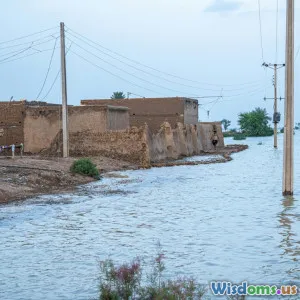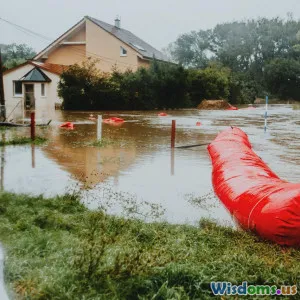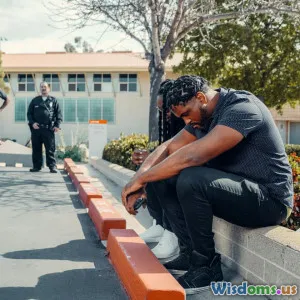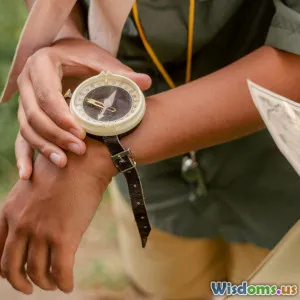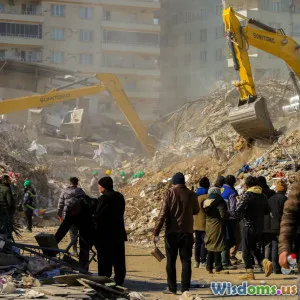
Are Urban Areas Safer During Major Earthquakes
14 min read Examines if urban areas provide increased safety during major earthquakes, exploring infrastructure, preparedness, and risks. (0 Reviews)
Are Urban Areas Safer During Major Earthquakes?
Across the globe, millions find themselves living in bustling cities built atop seismically active zones. While urban environments represent hubs of innovation, finance, and culture, they also concentrate populations, infrastructure, and risk. The question thus emerges: Are urban areas truly safer when the ground shakes beneath us?
In the wake of recent earthquakes from Los Angeles to Istanbul and Mexico City, understanding the unique strengths and vulnerabilities of urban areas during seismic events has never been more urgent. Let’s delve into the evidence, analyze architecture and preparedness, and examine comparative risks to uncover the real story behind earthquake safety in our cities.
Built Environments: Modern Engineering vs. Old Structures
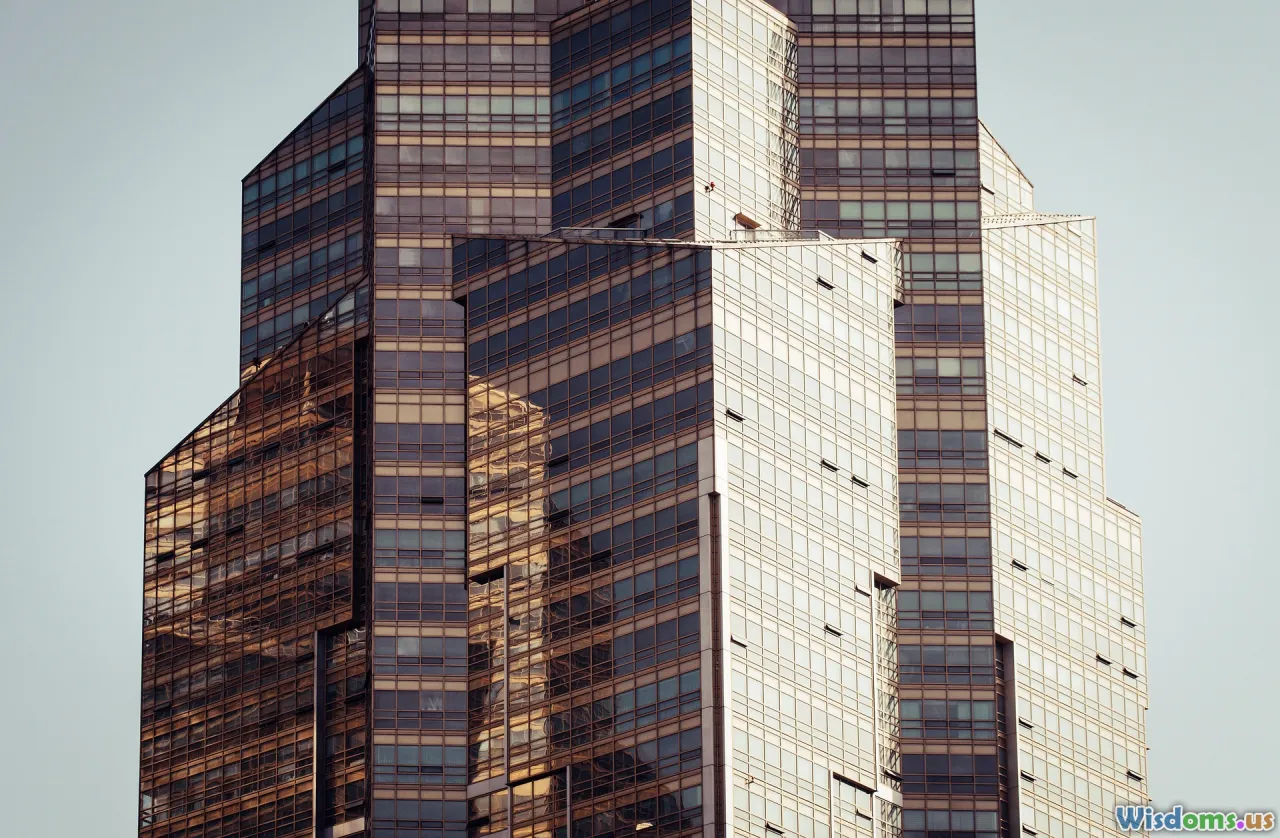
One of the first distinctions between urban and rural quake safety lies in the built environment. Major cities often boast advanced engineering, but is it enough?
The Promise of Updated Building Codes
Urban areas frequently adopt more stringent building codes, taking lessons from previous catastrophes. For example, Japan’s Building Standard Act became significantly stricter after the 1995 Kobe earthquake, while California incrementally revised its codes due to the devastating 1994 Northridge event. New high-rises must often be designed for lateral flexibility using base isolators, shock absorbers, and reinforced materials.
Fact: In San Francisco since 1970, zero high-rise buildings constructed under modern codes collapsed in major quakes, highlighting the impact of progressive regulations.
Urban Realities: Outliers & Oversight
However, dense cities often include aging buildings predating current regulations. A grim lesson came from Mexico City in 2017, where some older multifamily buildings pancaked amid newer, resilient skyscrapers. Many cities globally—even developed ones—face a backlog of unretrofitted masonry or non-ductile concrete structures, each a potential tragedy.
Example: Los Angeles estimated in 2023 that over 13,000 "soft-story" buildings still await full seismic retrofitting—structures whose ground floors are open for parking and thus more prone to collapse.
Bottom Line: Modern engineering offers urban areas a chance at high safety for new structures, but aging buildings can nullify these advances without sustained and enforced retrofitting efforts.
Emergency Services and Response Time: The Urban Advantage?
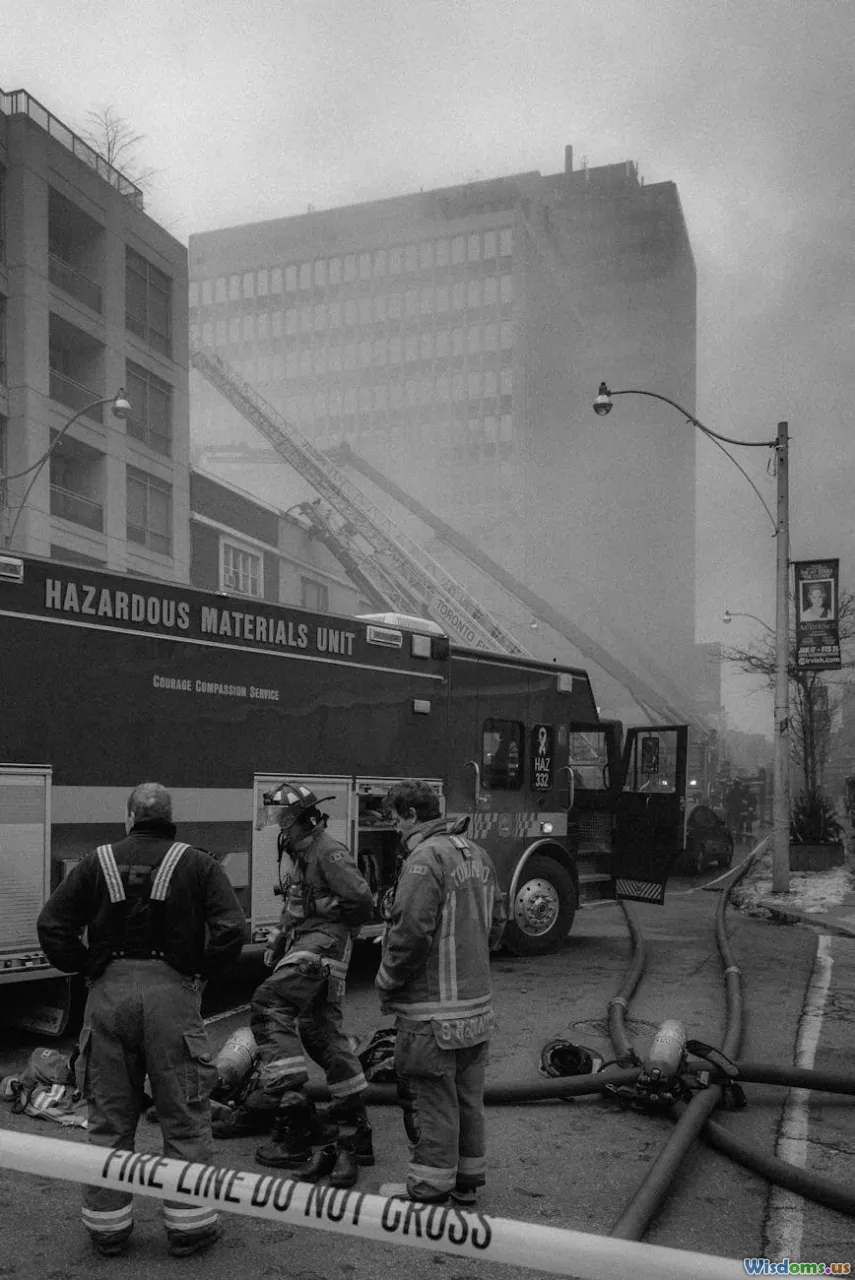
In theory, cities possess fast, well-equipped emergency services. Hospitals, ambulance fleets, fire departments, and trained teams densely populate urban neighborhoods. But does this edge hold in the chaos following a major seismic event?
Scale and Preparedness
Urban emergency response systems practice regularly, coordinate with hospitals, and can deploy large resources rapidly. When Mexico City was struck by a 7.1 magnitude quake, thousands of emergency responders and volunteers mobilized within minutes, saving countless lives from collapsed buildings—a feat difficult to replicate in remote regions.
The Challenges of Urban Crowds
Yet, high density also creates bottlenecks. Collapsed roads, jammed intersections, and damaged infrastructure can immobilize even the best-resourced teams. The tragic 2011 Tōhoku earthquake in Japan overwhelmed even meticulously planned Tokyo-outsourced response networks—highlighting how scale and crowding in cities can become a disadvantage.
Takeaway
Urban areas benefit from well-trained and equipped emergency services, but their rapid response can be muted or negated if critical infrastructure fails or population density overwhelms available aid.
Infrastructure: Lifesaving…and Life-Threatening
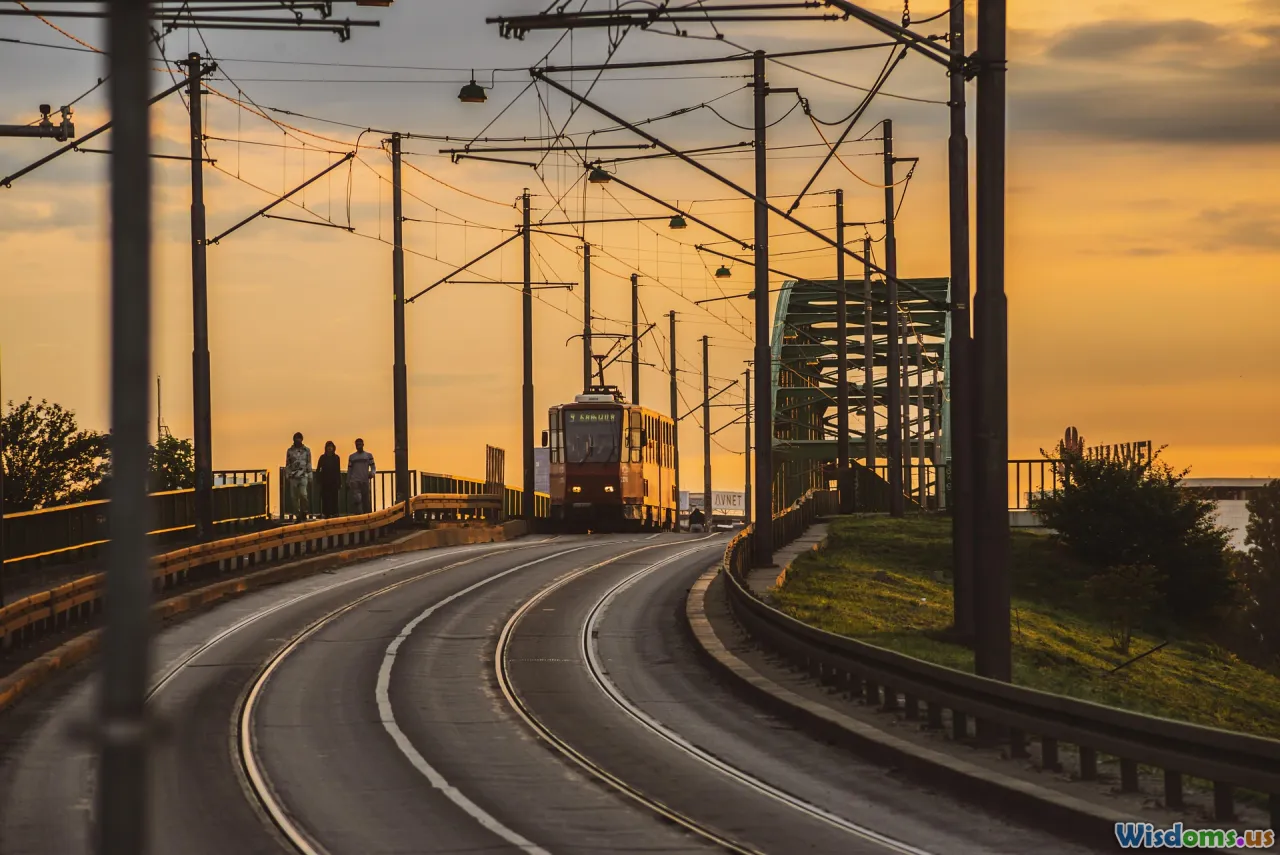
Power lines, water systems, bridges, and roadways symbolize city life. However, during a major earthquake, these same networks become both assets and hazards.
Redundancy and Modernization
Large cities usually invest in backup systems and seismic upgrades for vital infrastructure:
- Bridging the gap: In San Francisco and Los Angeles, hundreds of city bridges have been retrofitted since the catastrophic 1989 Loma Prieta and 1994 Northridge quakes.
- Utility evolution: Tokyo’s water mains utilize special flexible joints to tolerate pipeline distortion during tremors, maintaining fire suppression capacity during emergencies.
Multiple Points of Failure
On the flip side, interconnectedness means a single failure can have larger ripple effects. Earthquakes in dense cities may simultaneously knock out electricity, water, internet, and gas for millions. In 2023, Turkey’s Hatay province saw widespread utility failures complicating rescue efforts.
Insight
Urban infrastructure offers both improved resilience and compound risk. While redundancy and modern upgrades help, a cascade of failures can paralyze even the most sophisticated city.
Population Density: Safety in Numbers or Crowded Risks?
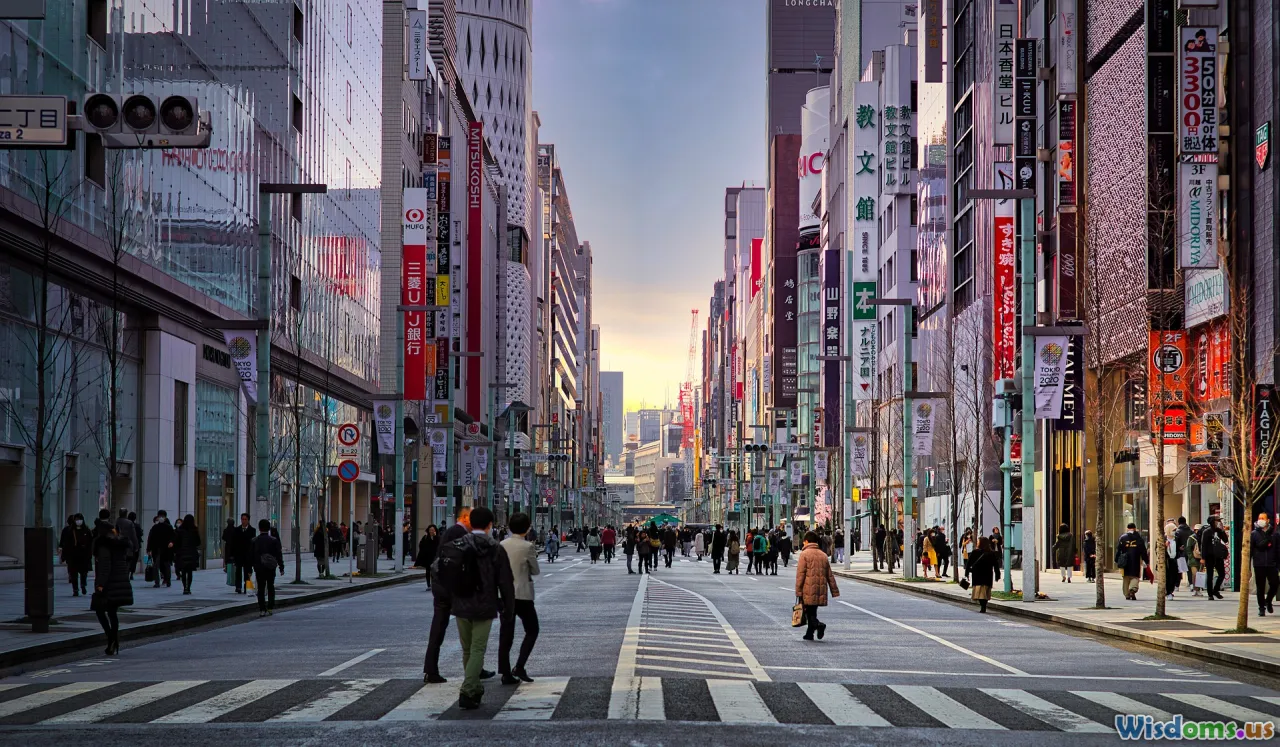
More people means more resources—and more responsibility. How does population density influence earthquake safety?
Rapid Information Dissemination
Cities leverage mass communication for warnings and advice. Tokyo’s population receives earthquake alerts seconds in advance via government apps and train station sirens, giving critical moments to "drop, cover, and hold on."
The Perils of Congestion
Crowding hampers evacuation routes. Images from past quakes, like the 2015 Nepal event, showed masses clogging narrow exits and stairwells, delaying escapes and complicating searches. Schools and office towers, though designed for high capacity, can turn treacherous during disorganized mass movement.
Social Capital for Survival
Urban communities often host disaster drills, neighborhood responder teams, and support networks that can be lifesaving—but social connections may be weaker in some city districts, especially among transient populations or recent immigrants.
Key Point
Density amplifies both strengths and risks. Rapid communication and trained responders help, but evacuation and aid distribution can flounder if planning does not match the scale of the challenge.
Rural Areas: Lower Risk, But Higher Vulnerability
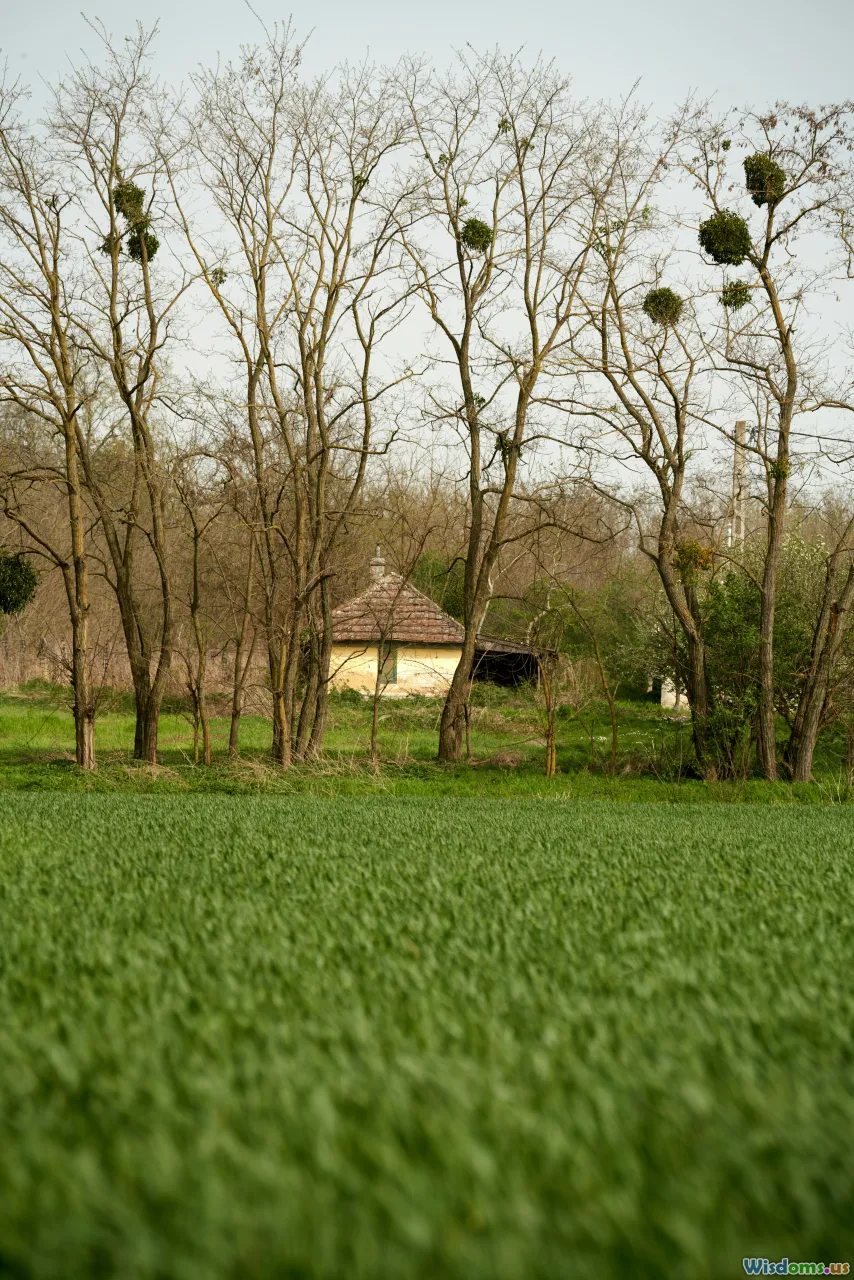
Contrasting urban and rural experiences reveals insightful trade-offs in earthquake survival.
Lower Exposure, Less Preparation
On average, rural populations sit farther from high-rise collapse and utility failures. Wide open spaces, fewer tall buildings, and limited gas infrastructure lead to fewer secondary hazards (e.g., devastating fires or gridlock), as seen in the rural aftermath of Chile's 2010 earthquake, where small villages experienced less structural loss compared to city centers.
Scarcity of Resources
Rural survivors face longer waits for aid due to limited local emergency services and long travel distances for rescuers. After Nepal’s 2015 quake, remote villages endured days of isolation, worsening injuries and delaying recovery.
Statistics: According to the United Nations, earthquake fatalities in rural Nepal often disproportionately reflect delays in medical response—a gap less extreme in well-equipped cities.
Resilience Through Local Knowledge
Interestingly, rural communities frequently exhibit strong self-reliance, local response traditions, and knowledge of their environment, potentially speeding initial rescue and shelter establishment (e.g., communal field kitchens and makeshift clinics).
Innovations That Change the Urban Equation
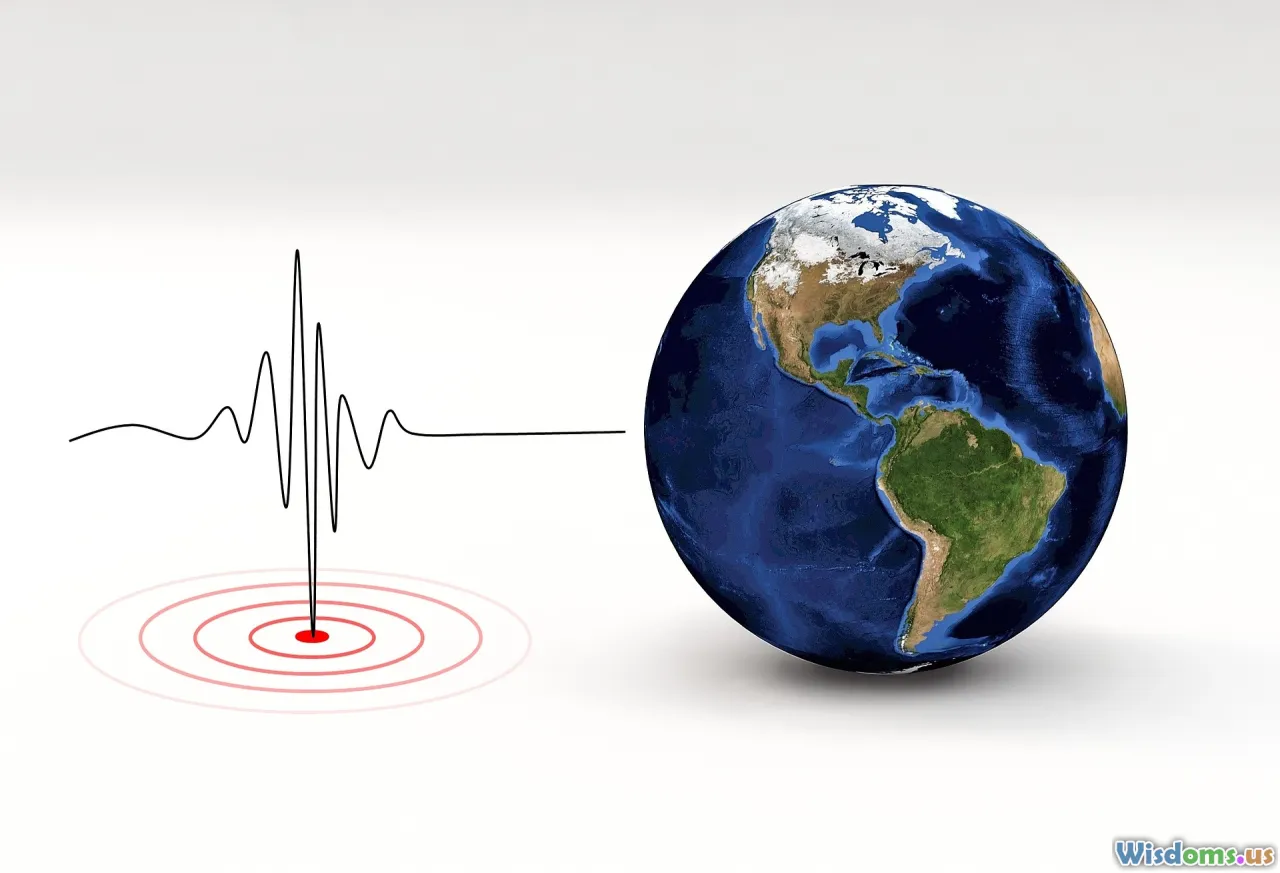
Highly populated cities push the envelope on global earthquake safety innovation.
Earthquake Early Warning Networks
Tokyo, Los Angeles, and other earthquake-prone urban areas now deploy seismic sensor arrays that trigger alerts seconds before shaking arrives. While earlier warning cannot stop the quake, it helps commuters halt trains, shut down elevators, and seek shelter—even a few seconds can drastically reduce casualties.
Smart Materials and Building Monitoring
New skyscrapers use high-tech materials (shape-memory alloys, tuned mass dampers) to absorb or neutralize earthquake forces. Monitoring systems track structural health in real time, flagging buildings for urgent inspection or closure soon after a tremor.
Drones and Artificial Intelligence
After a quake, urban planners and rescue operators increasingly deploy drones for rapid building assessment and AI to prioritize and coordinate the response across thousands of incident locations.
Lessons in Replication
Urban innovations have a trickle-down effect; rural regions nearby benefit from relocated or secondhand early warning units, retrofitting expertise, and training.
Policy, Enforcement, and Community Readiness
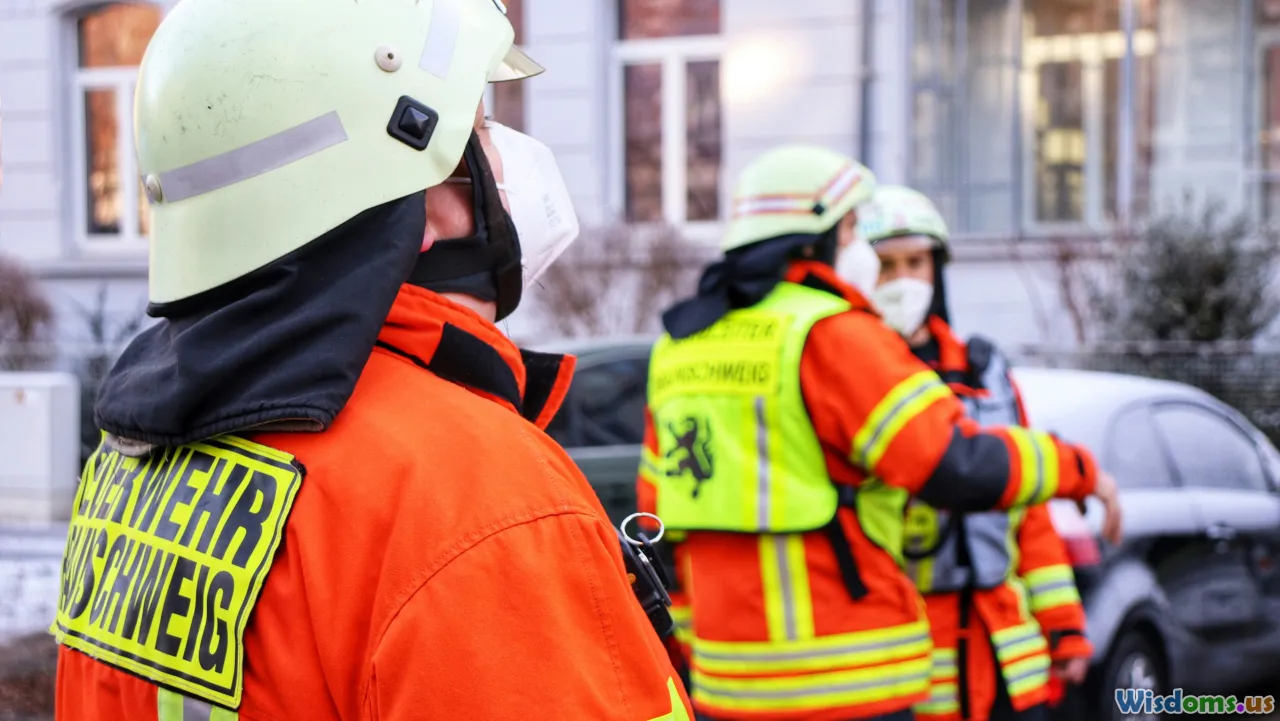
Even in cities with robust codes and advanced systems, enforcement and community participation decide the actual level of safety.
Enforcement Risks
Some cities have exemplary codes on paper, but lack consistent inspections or maintenance. Corruption, underfunding, or political neglect may create “ticking bombs”—dangerous buildings that never see the retrofits central authorities mandate.
For example, shockwaves from the 2023 earthquakes in Gaziantep exposed entire neighborhoods built outside existing safety codes—an issue not limited to the developing world.
Drills, Training, and Awareness
The most sophisticated systems falter if residents don’t know what to do. Urban areas like Tokyo hold annual city-wide disaster drills, coordinating streets, offices, and schools in synchronized simulations. Apps, public signs, and television campaigns remind citizens regularly about emergency procedures.
Building Community Resilience
Renters, businesses, and local organizations play vital roles in readiness. Neighborhood networks can organize supply caches, reunification plans, and active checking on vulnerable neighbors—whether elderly, disabled, or with small children.
Local Action, National Impact
City government partnerships with private building owners, renters’ unions, and NGOs have proven essential for enforcing safety changes and educating those hardest to reach (such as recent migrants or people without internet access).
A Look Ahead: Urban Safety Is a Work in Progress
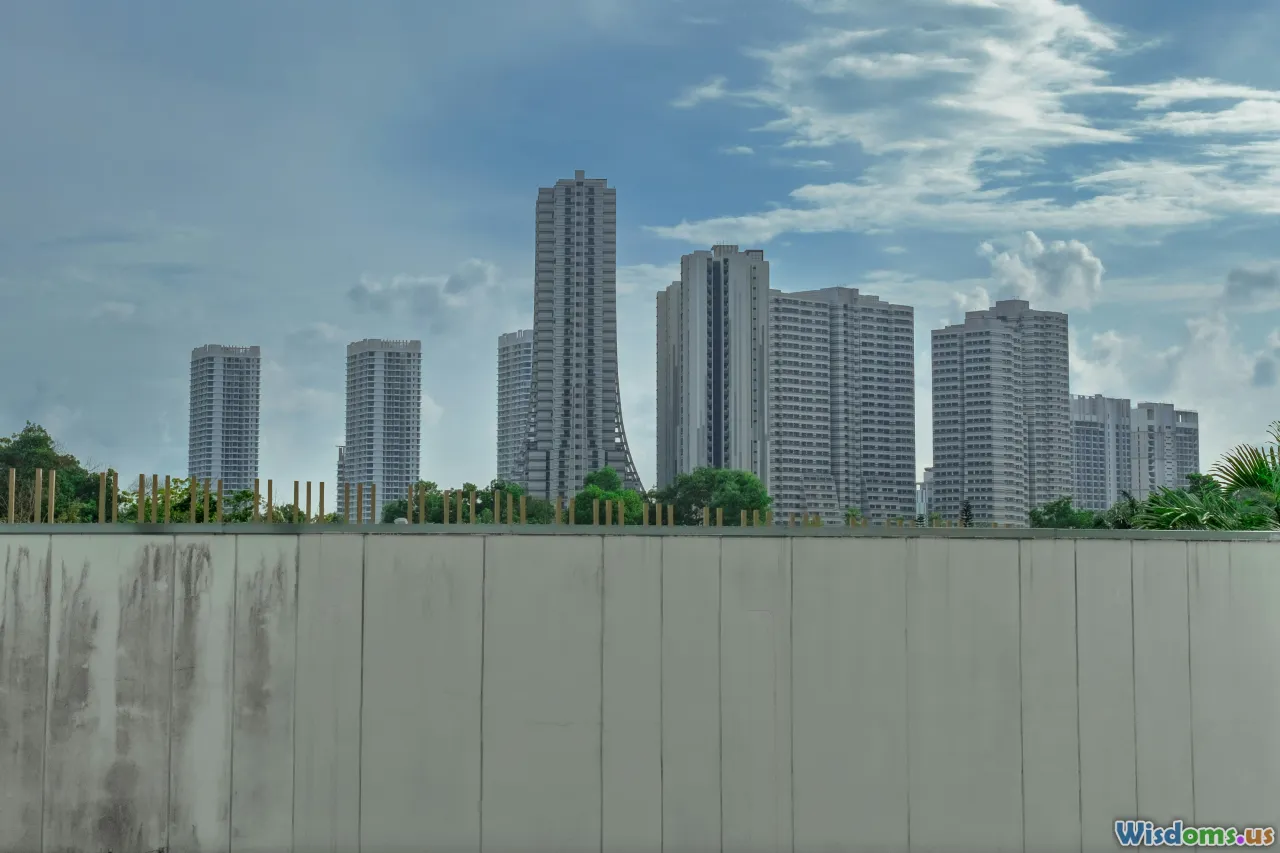
Are urban areas inherently safer during major earthquakes? The truth is complex: cities showcase the heights of disaster resilience through technology, concentrated resources, and enforcement—but these same cities can magnify risk when systems falter or gaps remain.
While rural areas dodge some urban pitfalls, they face their own lens of vulnerability—mainly in delayed aid and underpowered resources. Ultimately, the relative safety of any area—urban or rural—hinges on continual investment, rigorous standards, and a culture of preparedness across society.
No city can afford complacency. Each earthquake is a lesson—spurring smarter design, tougher building codes, assertive public education, and emerging technologies that light the path for both today’s megacities and tomorrow’s towns. By learning from each disaster and sharing innovations, there’s hope that, no matter where the ground trembles, people will be safer in every corner of the world.
Rate the Post
User Reviews
Popular Posts










